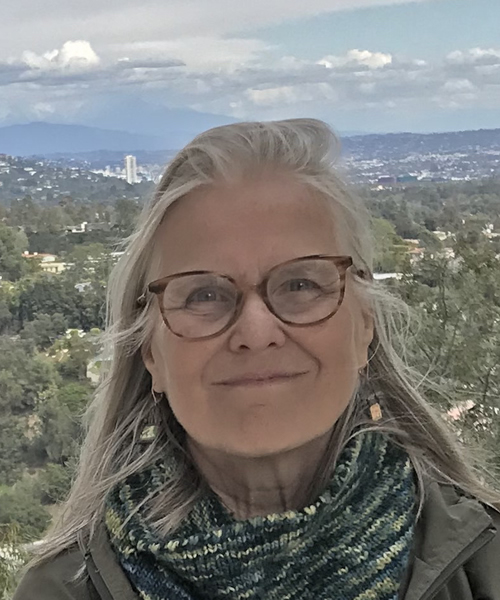The National Organization on Disability found that although 85 percent of people with and without disabilities find their faith to be important parts of their lives, only 47 percent of people with disabilities attend religious services at least once a month. This discrepancy comes from architectural, programmatic, communication, and attitudinal barriers for those with disabilities. Individuals with disabilities and their families have reported fluctuating experiences within faith communities—some feeling that the community had difficulty meeting their needs. For instance, Muslims with visual impairment often find that Qur’ans using the international Braille phonetic alphabet contain Arabic words that are shortened, which creates potential comprehension issues for non-Arabic speakers. Despite these challenges, some faith communities are attempting to move toward fully inclusive models. The Canadian Association of Muslims with Disabilities focuses on creating sustainable models of support and services for people with disabilities and their families in spiritual and cultural centers and schools. A Ruderman Family Foundation initiative brings together interfaith leaders from the Greater Boston area to make the inclusion of people with disabilities a priority focus in their churches, synagogues, mosques, and temples. The Macks Center for Jewish Education works with local school systems, federal programs, and other non-profit organizations to enable individuals with special needs to fully participate in Jewish community life.
This week the Berkley Forum asks: What role do faith communities have in fostering an inclusive community? What challenges do faith communities face in implementing inclusive mechanisms for participation? How do these efforts vary across different faith communities, and what are some ways faith communities can share their experiences and best practices in promoting inclusion?



